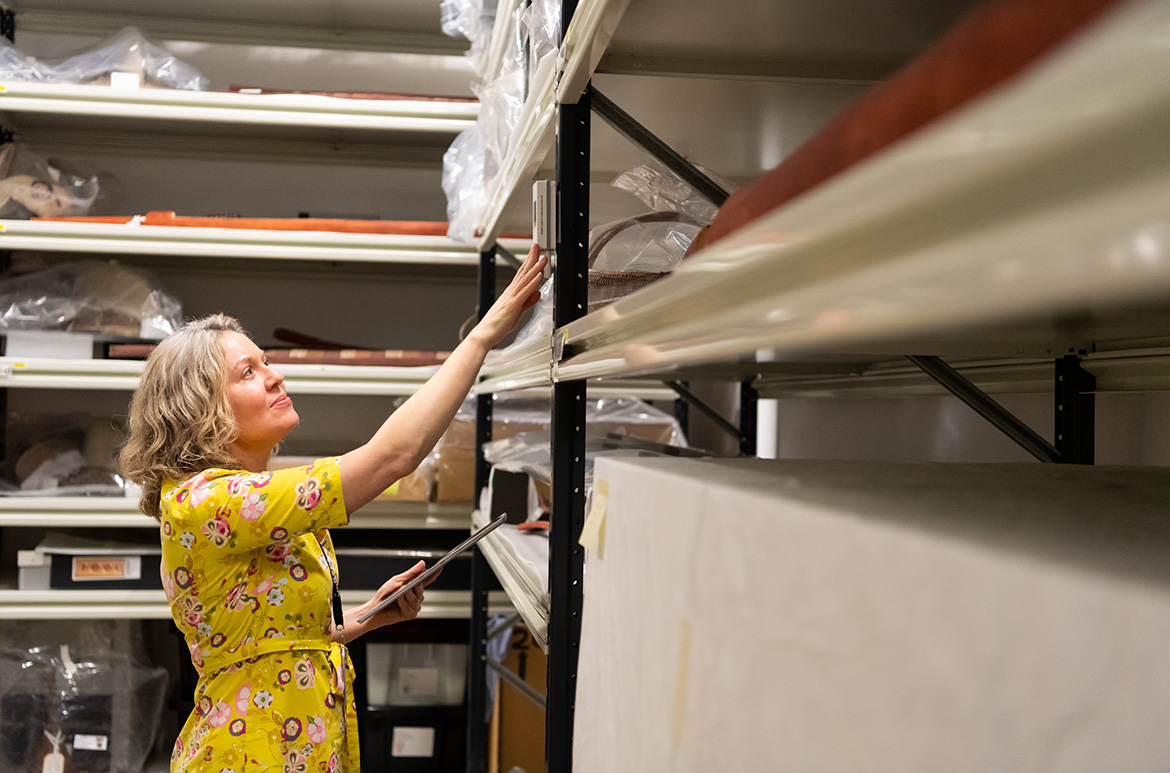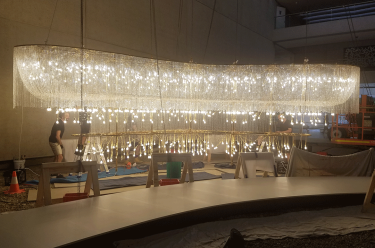The cultural heritage sector recognises the need to demonstrate a commitment to social, environmental and economic sustainability. Traditionally museums and galleries have been significant consumers of energy and resources — for controlled lighting and air conditioning — but a transformation in our approach to managing the collection environment is underway.
The landmark publication The Museum Environment was first printed in 1978. Its author, Garry Thomson CBE, wrote three books in his lifetime: two on the Buddhist philosophy that guided his spiritual life, and one on the then-emerging field of preventive conservation. The latter was a rigorous scientific investigation of the effects on cultural heritage of light, humidity and air pollution, tempered and intertwined with the discerning awareness of Thomson’s faith. He wrote:
There is something inelegant in the mass of energy-consuming machinery needed at present to maintain constant RH [relative humidity] and illuminance, something inappropriate in an expense which is beyond most of the world’s museums. Thus, the trend must be towards simplicity, reliability and cheapness.1
Thomson’s aspiration, some 40 years ago, for energy-efficient, low-cost environmental control is now an imperative for museums and galleries. Collection-environment research happening in Queensland Art Gallery | Gallery of Modern Art’s (QAGOMA) conservation department has seen the Gallery take a leading role in bringing about changes in industry practice.
SIGN UP NOW: Subscribe to QAGOMA Blog for the latest announcements, recent acquisitions, behind-the-scenes features, and artist stories.
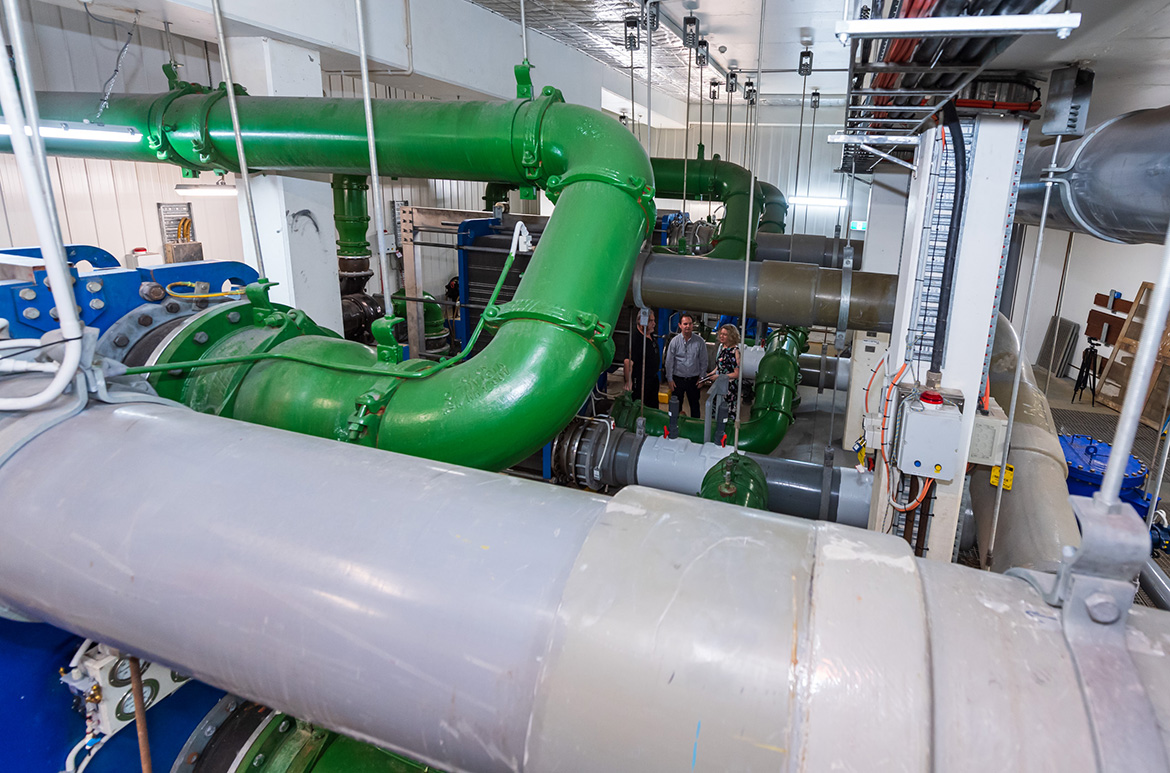
Over the past few years, I have been researching the collection environment and developing new climate-specific temperature and relative humidity (RH) parameters for the storage and display of collections. The Australian Institute recently published this research as national guidelines for the Conservation of Cultural Material.2 I was fortunate to be a participant in the Getty program Preserving Collections in the Age of Sustainability and, in early 2019, spent two months as a guest scholar at the Getty Conservation Institute in Los Angeles. Later, a Churchill Fellowship enabled me to continue my research in the United States, Hong Kong and Singapore, including visits to the Smithsonian Institute, M+ Museum, and the Heritage Conservation Centre, where I further investigated the management of collection environments in diverse climates.
However, while museums and galleries make headway to reduce their carbon footprints, the internationally accepted standard for environmental control for objects on loan has remained firmly entrenched and resistant to change. The practice of exchanging cultural objects understandably has precipitated a uniform approach. This includes established expectations for crating and shipping, documentation and condition reporting, static and transit insurance, loan agreements, but also requires adherence to a rigidly enforced and difficult-to-maintain median temperature (20 or 21 degrees Celsius) and RH (50 or 55% RH) convention.
Our continued use of the narrow temperature and RH convention runs counter to the cultural heritage sector’s desire for sustainability. Recognising the importance of aligning lending practices with the sector’s sustainability agenda, heads of conservation Carolyn Murphy (Art Gallery of New South Wales), Michael Varcoe-Cocks and MaryJo Lelyveld (National Gallery of Victoria) and I approached the Council of Australian Art Museum Directors (CAAMD) with a recommendation to adopt wider parameters for loans. CAAMD unanimously endorsed this recommendation and adopted the Bizot Green Protocol for Loans — an international guideline that broadens the acceptable parameters for temperature (16–25 degrees Celsius) and RH (40–60%RH) control. A cross-disciplinary taskforce of conservators, registrars, collection and facility managers, representing the CAAMD member organisations, is currently working through the logistics of implementing this new approach to managing the exchange of cultural objects.
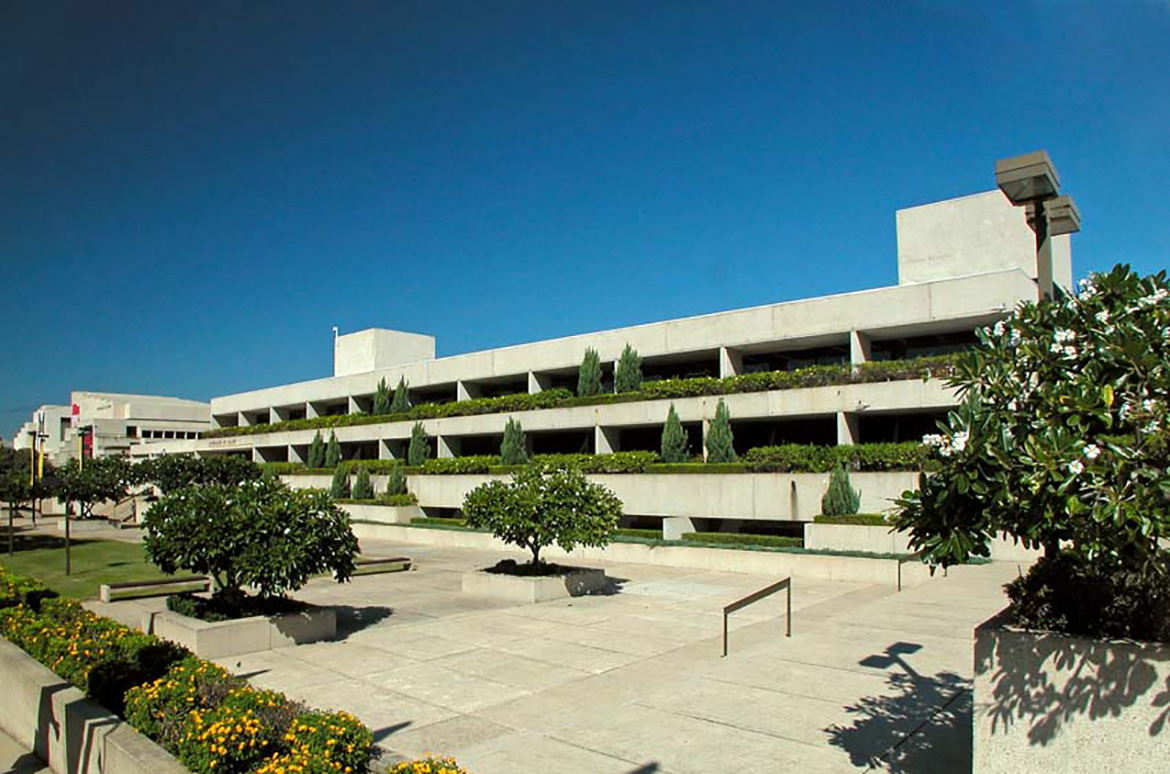
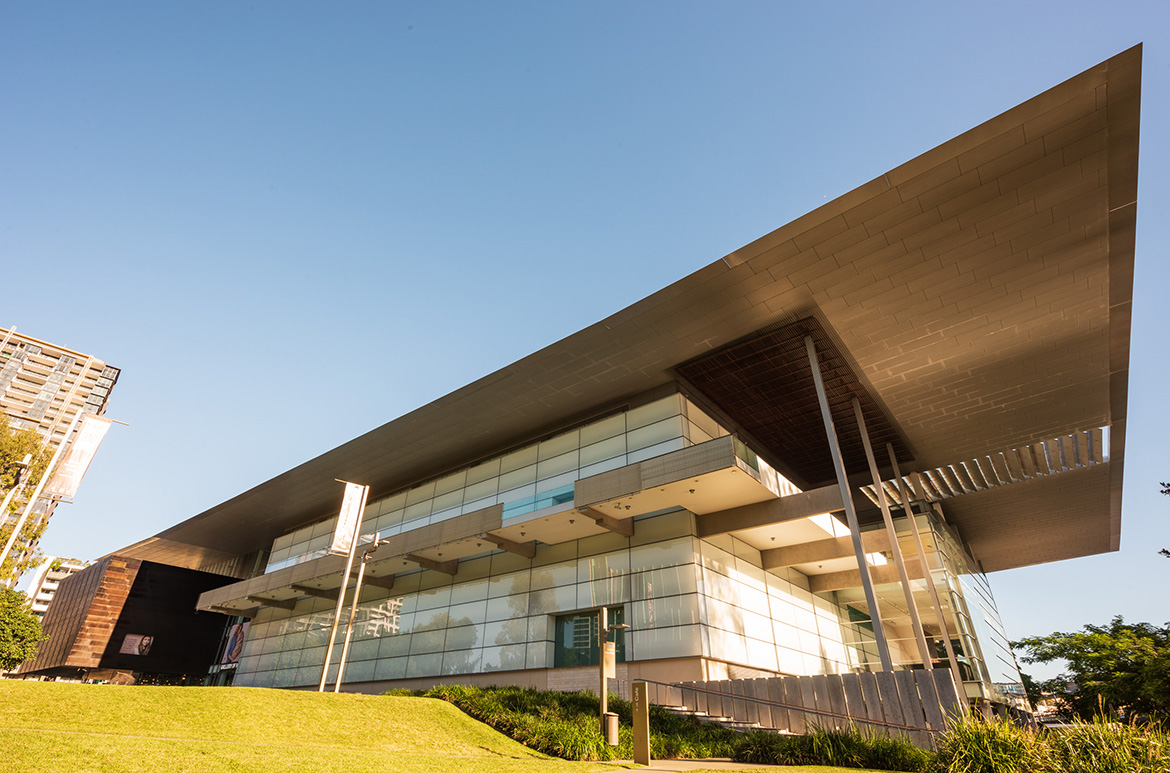
We are also making changes to temperature and RH parameters for the storage and display of the works housed in QAG and GOMA. These buildings require different sustainability strategies to manage their air-conditioned environments. The thermal mass of QAG provides a very stable internal environment, while GOMA’s lightweight structure is more responsive to external weather conditions. After testing the suitability and efficiency of wider temperature and RH parameters at GOMA, we are encouraged by early results. With the support of Arts Queensland – Arts Property and Facilities, and Honeywell as the Cultural Precinct’s heating, ventilation and air-conditioning (HVAC) agent, we continue to investigate ways to reduce our energy consumption.
Amanda Pagliarino is Head of Conservation and Registration, QAGOMA
Endnotes
1 Garry Thomson, The Museum Environment, Butterworths, London, 1978, p.249. Garry Thomson (1925–2007) was Scientific Advisor to the Trustees and Head of the Scientific Department at the National Gallery, London, where he worked from 1955 to 1985.
2 Amanda Pagliarino, ‘Environmental Guidelines’, AICCM, published 26 May 2019, https://aiccm.org.au/about/who-we-are/advocacy/environmental-guidelines-australian-cultural-heritage-collections, viewed November 2019.
Subscribe to QAGOMA YouTube to go behind-the-scenes / Hear artists tell their stories / Read about your Collection
Feature image: Amanda Pagliarino checks GOMA’s Collection Storage environment monitor / Photograph: Natasha Harth
#QAGOMA
